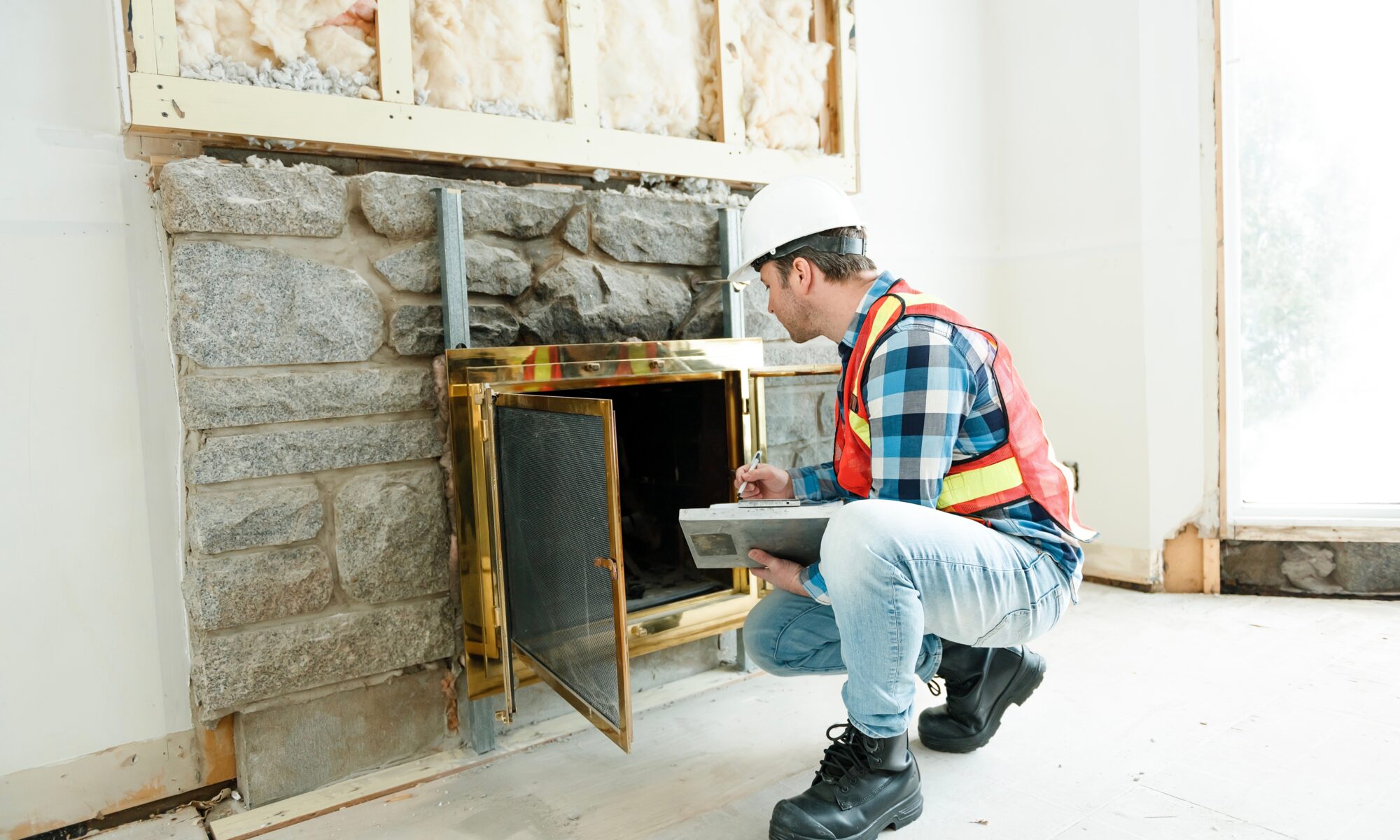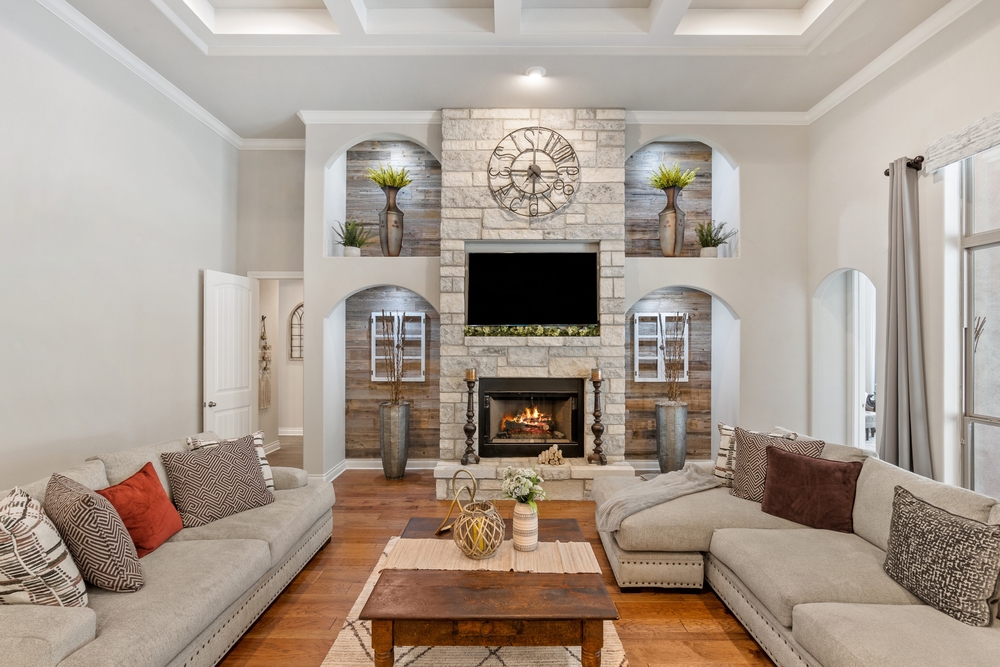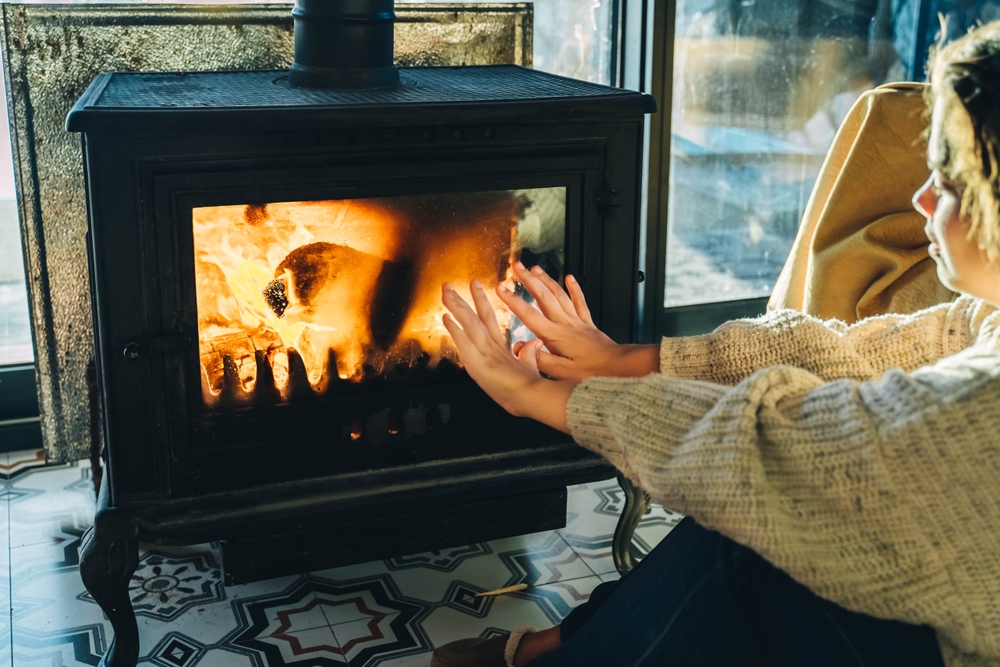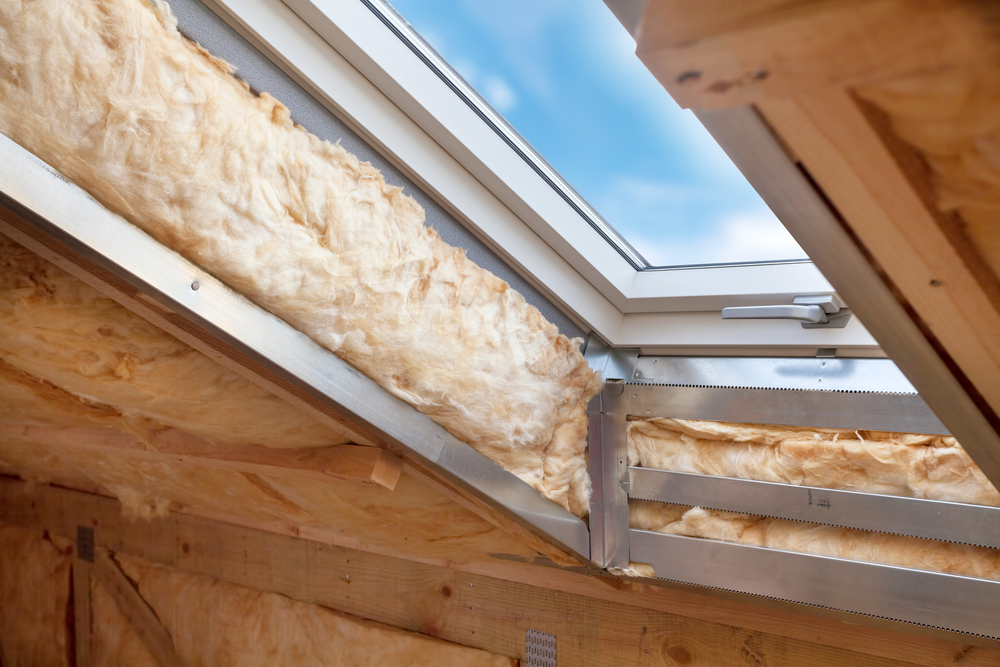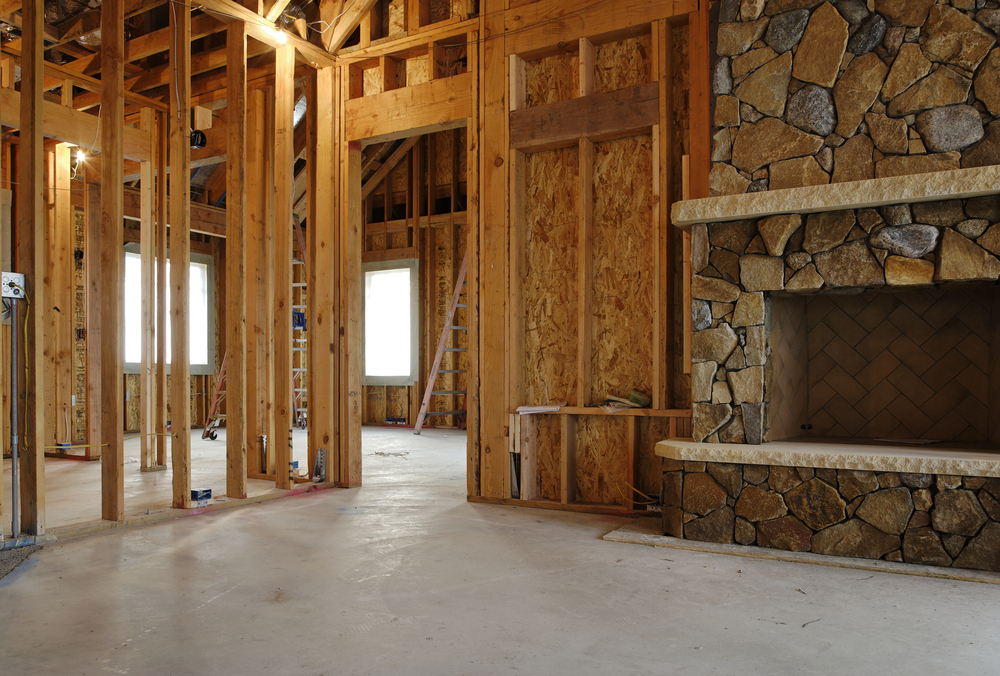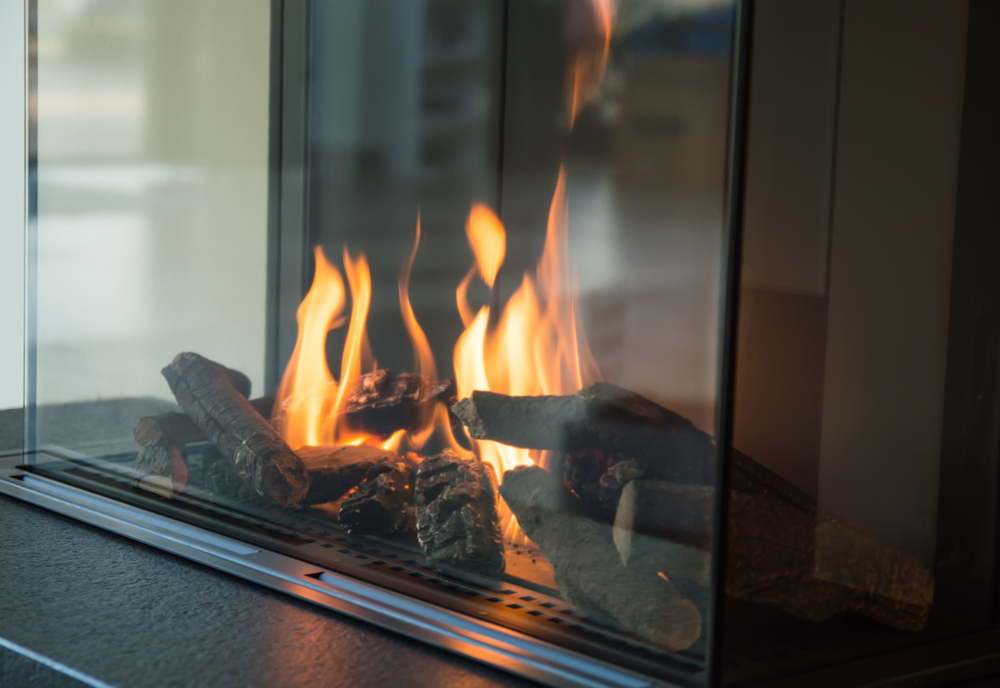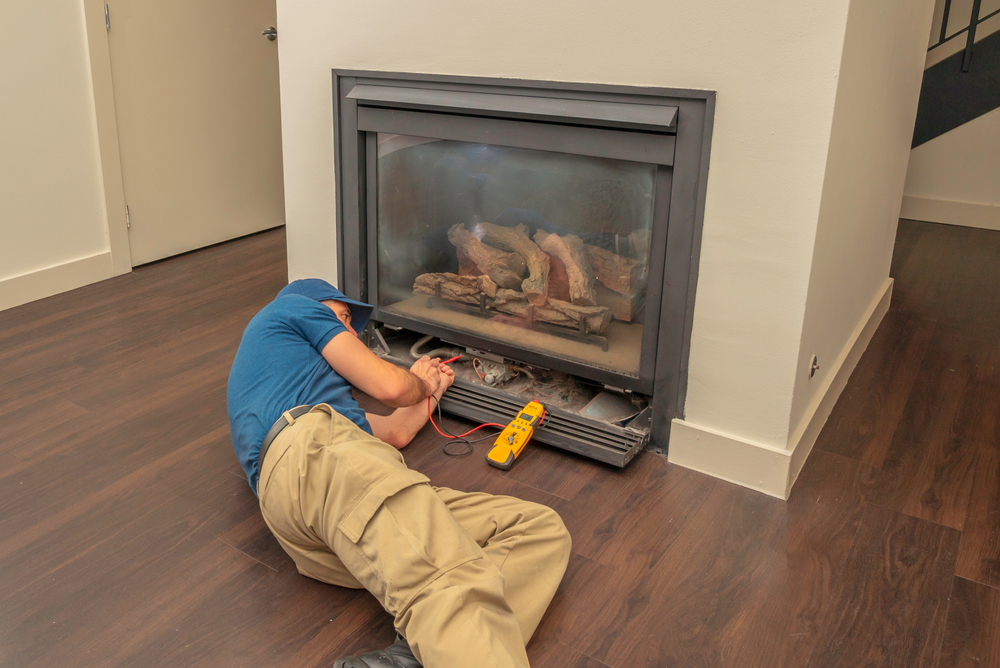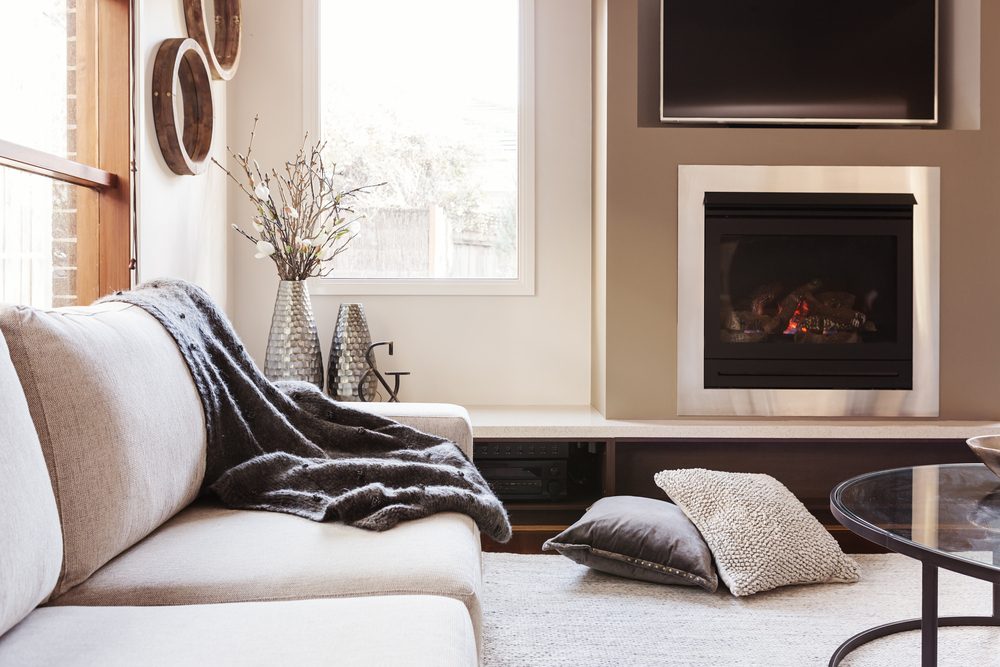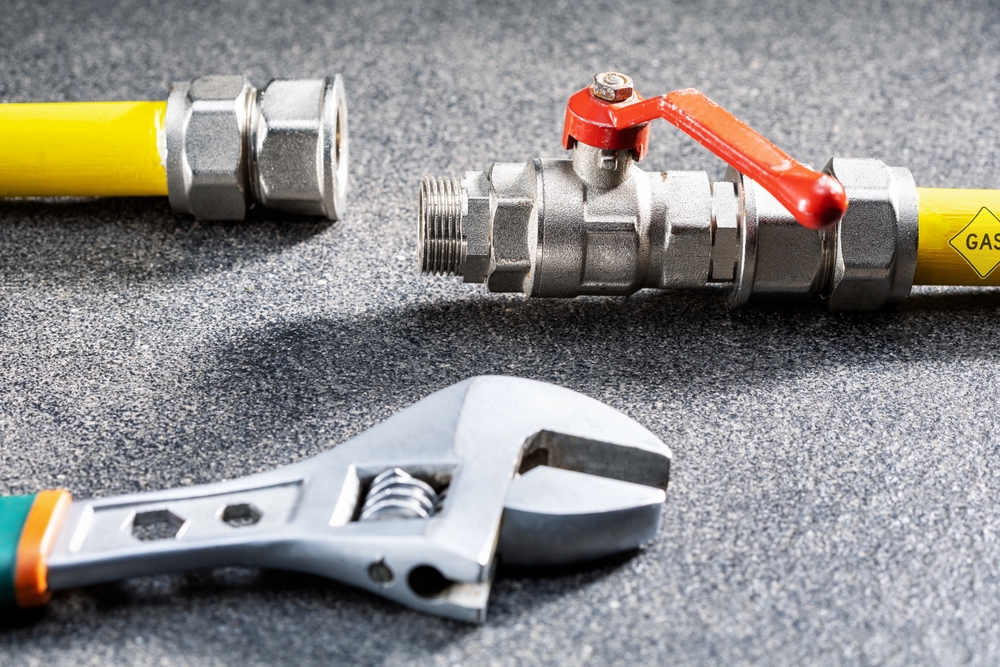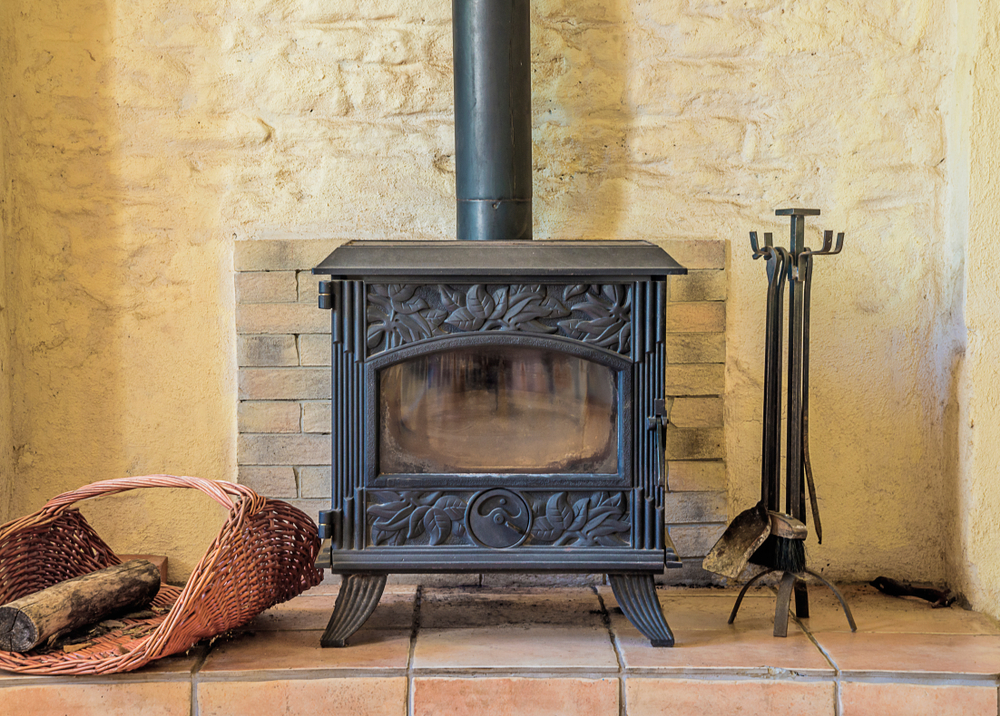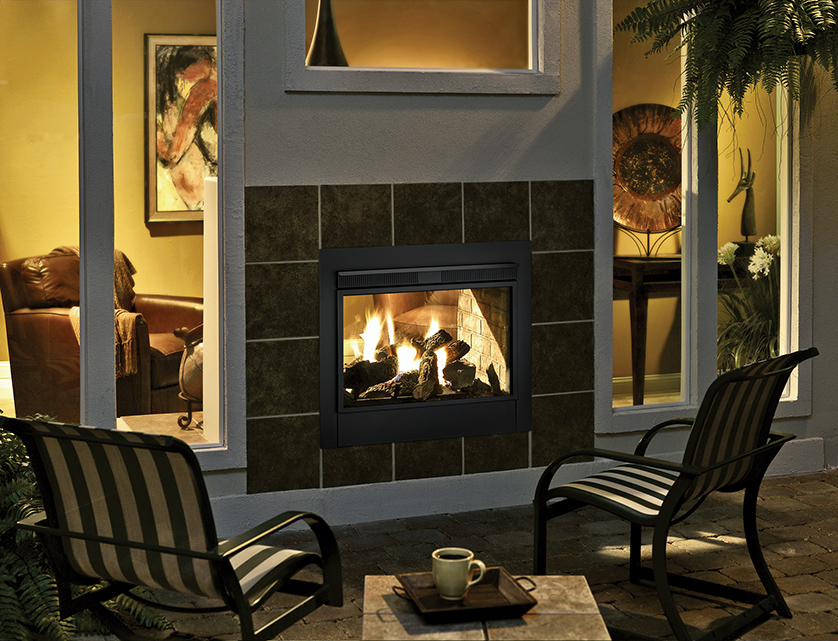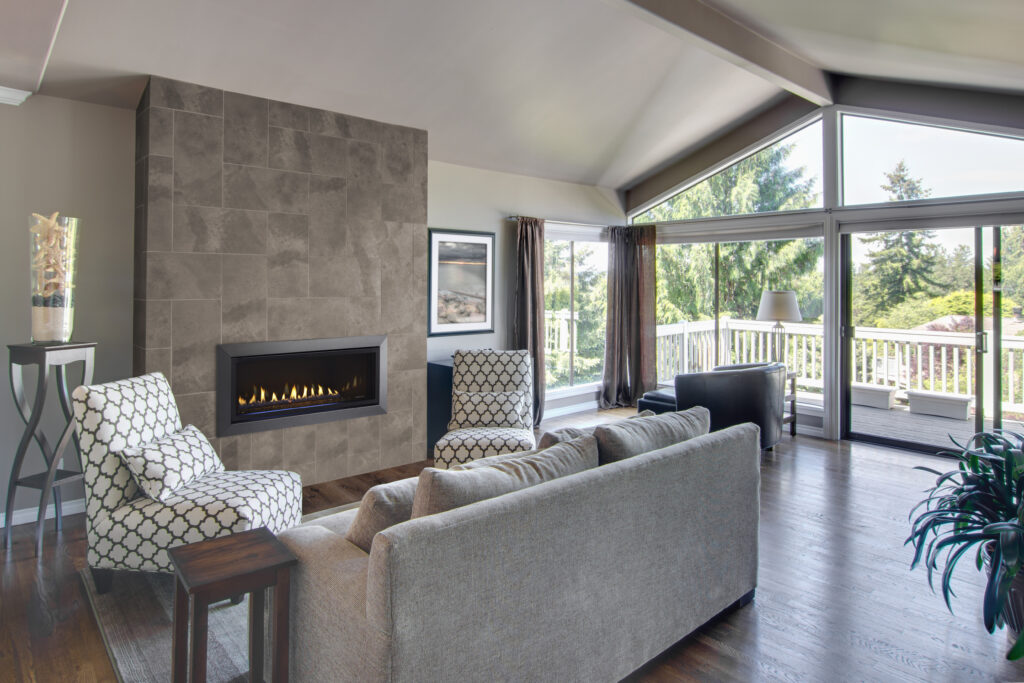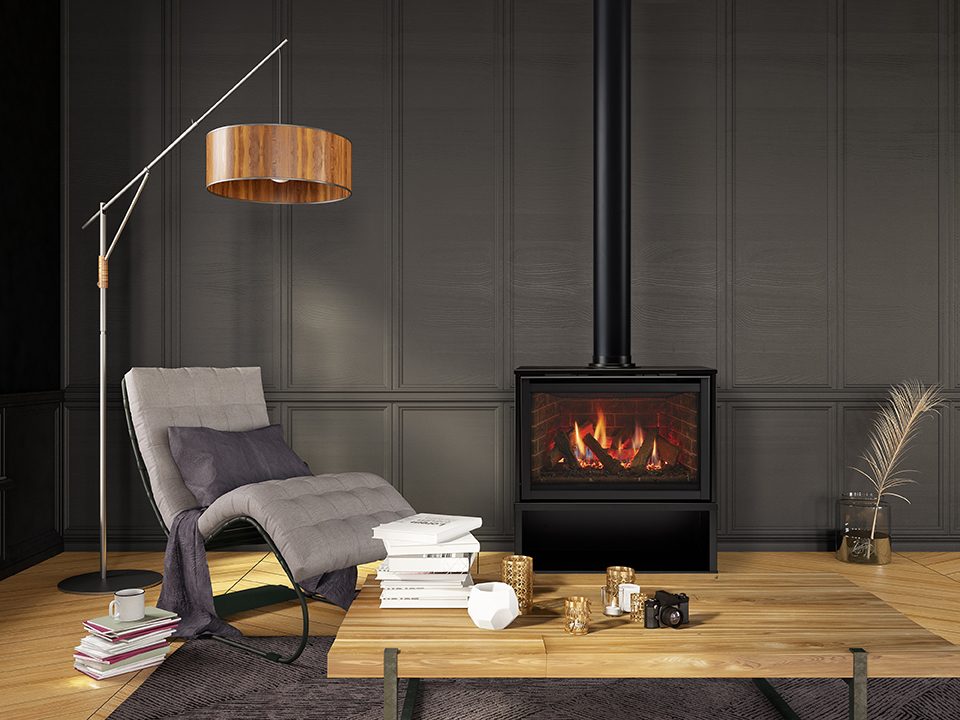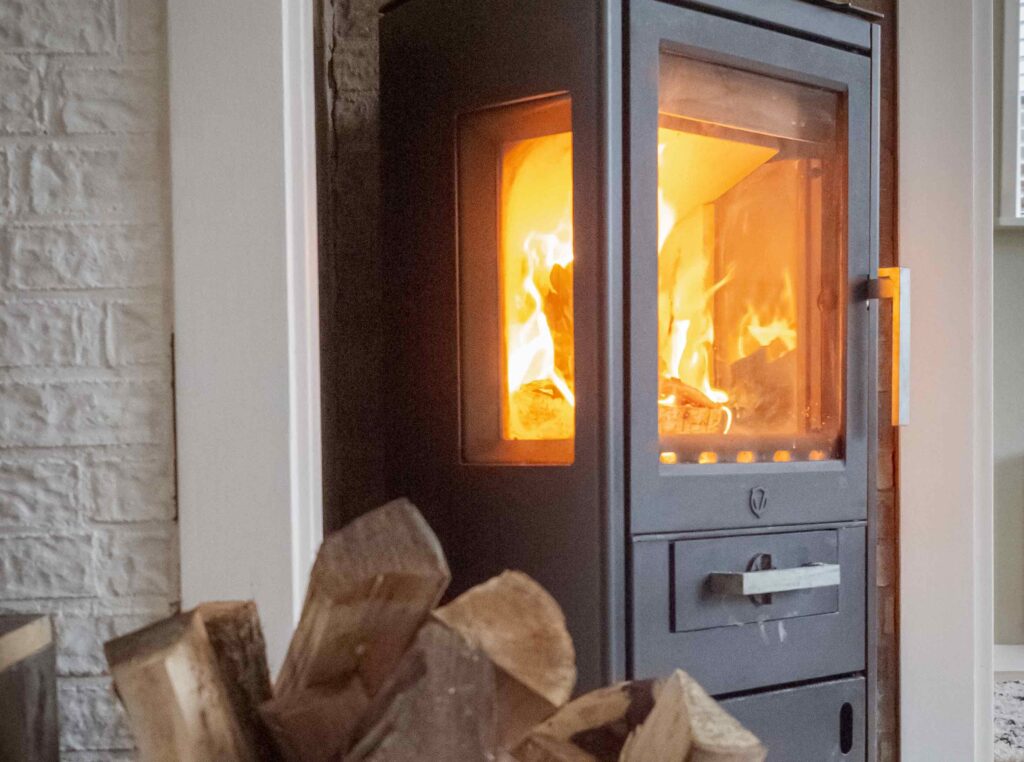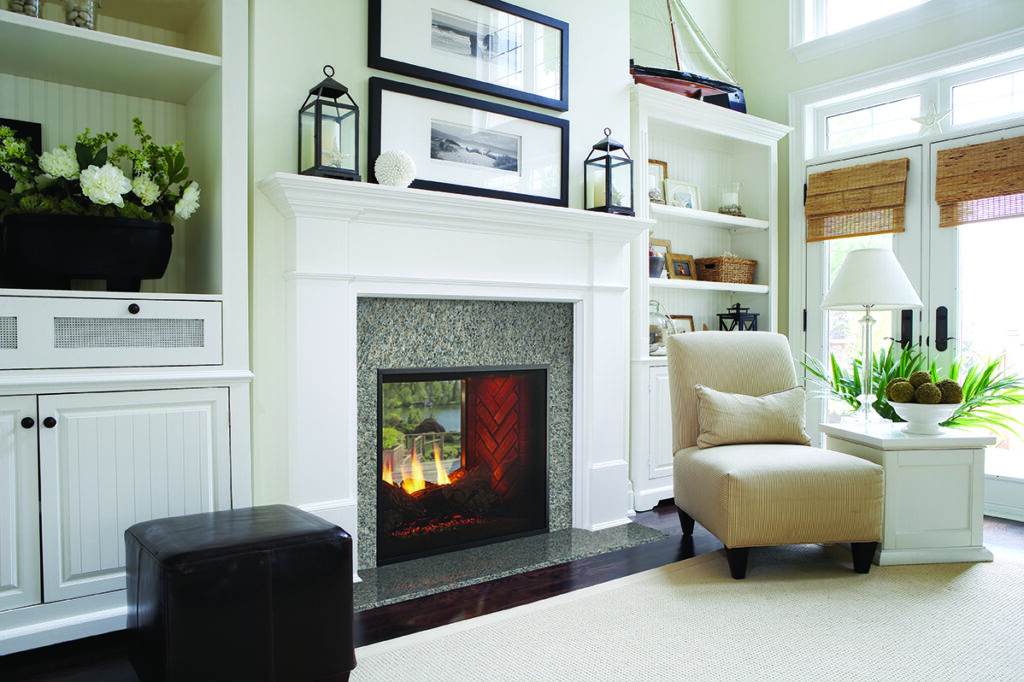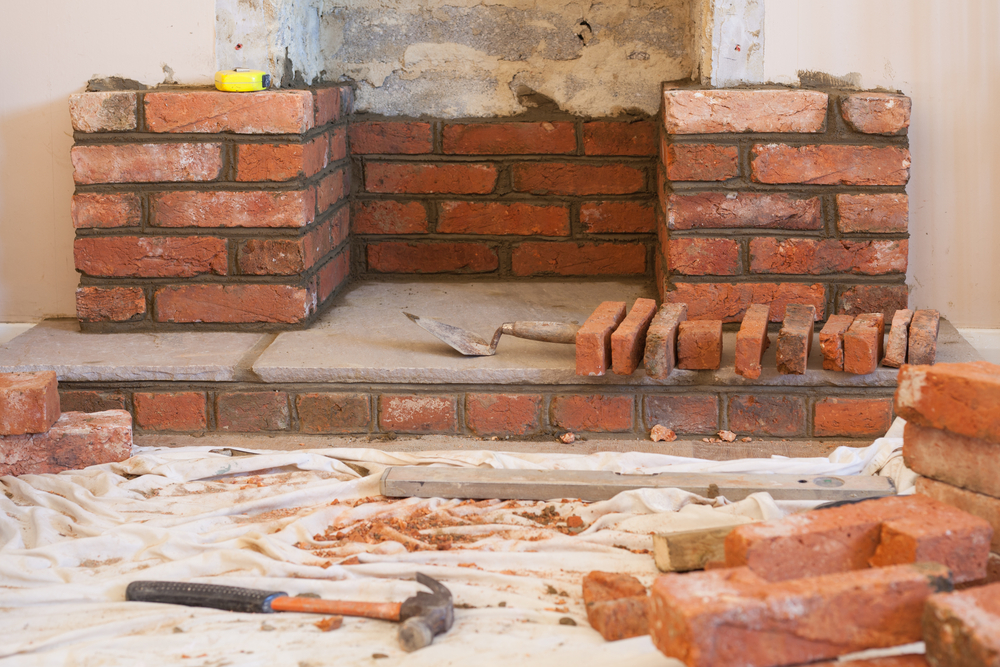The Importance of Inspecting Your Fireplace Before Use
Having a fireplace is nearly a necessity in New England. Especially with the weather dropping to extremely cold temperatures at a rapid pace. Having a fireplace can be very cost-effective whilst also making the rest of your home feel comfortable. With few heating alternatives that are as renewable and effective, it can be tempting to immediately turn on your fireplace. Whilst this may seem like a harmless action, it can have the potential of hurting you or your home at some point in time. Regardless if your fireplace is new or old you should always do a thorough inspection before use. In this blog, we will be discussing the benefits of inspecting your fireplace and why it’s so important before use.
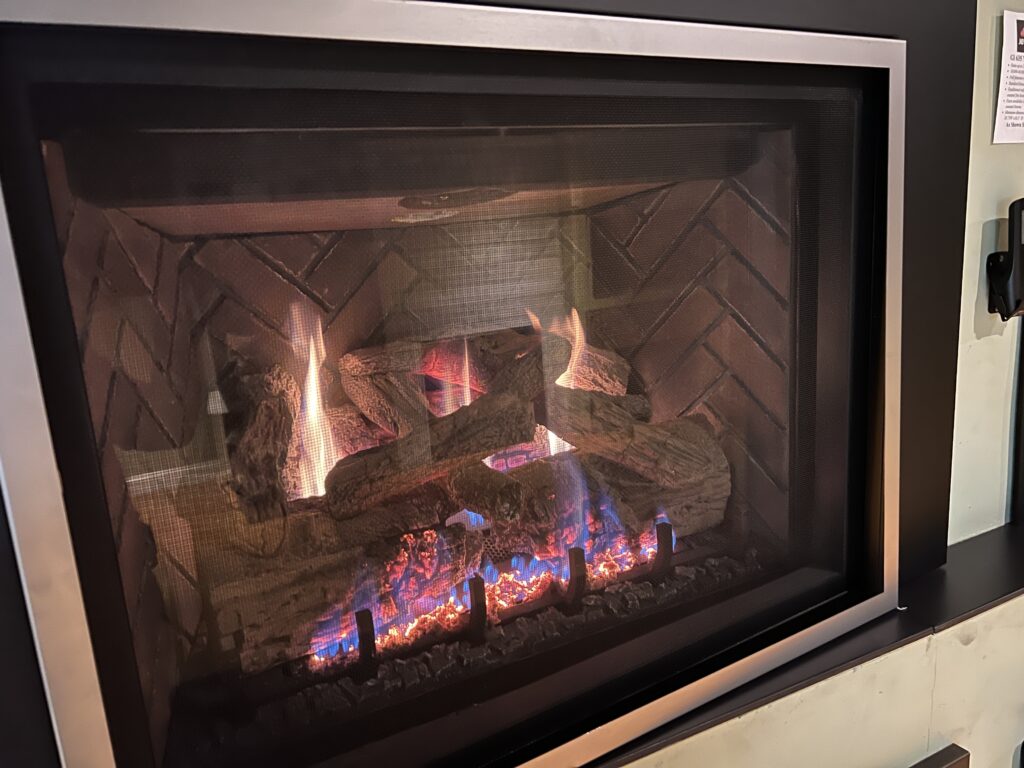
Fireplace Installations
Retractable Awnings
Inspections & Repairs
Glass Doors & Accessories
Inspecting Gas, Electric, and Wood Fireplaces
Gas, electric, and wood fireplaces are very different from each other but they all possess harmful effects if not taken care of properly. Wood Fireplaces are the hardest to maintain and can eventually create a build-up of Creosote which can lead to illnesses. Gas fireplaces may seem very safe but they can be the most dangerous on this list if they have a gas leak. Electric fireplaces are the easiest on this list, however, their wirings can also fail at times and leave you without heat in important scenarios. Inspect your fireplace or have a professional make sure it’s running properly to avoid these issues.
The Structure of Fireplaces and Why They Matter
Making sure the structural integrity of your fireplace is up to par is essential. Inspecting the structure of your fireplace can help you decide whether there are major flaws that need to be addressed. For example, wood fireplaces can cause serious damage if their structural integrity is poor. It can lead to chimney fires and many illnesses if not maintained to the correct standards. Gas fireplaces whilst easier to maintain must be inspected thoroughly to make sure it has proper ventilation. Without proper ventilation, all the dangerous gasses can build up leading to carbon monoxide poisoning within your home. Carbon monoxide is extremely dangerous and should not be avoided. Electric fireplaces do not carry the same amount of risk as the others. However, they can become damaged or not given enough power leading to them not being beneficial once the cold season begins.
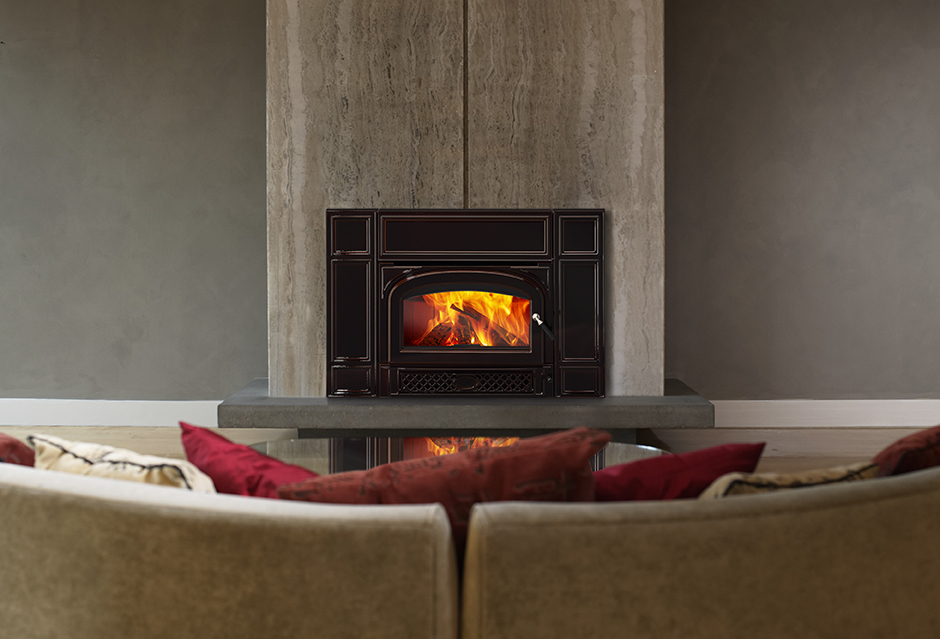
Sufficient Heat Output
The winter is around the corner and you want to use your fireplace to stay warm. However, if you didn’t inspect your fireplace before then how would you know it works well? Inspect your gas and electric fireplaces before the winter, therefore you will know what issues may be present. If some areas are malfunctioning or completely broken without your knowledge, then your home may get some lackluster heating results. If your home isn’t getting the heat it needs then you’ll need a professional to quickly check on the product. Don’t wait until the last minute to get an inspection, that way you can avoid trouble altogether when the cold weather arrives. You can consider getting a wood fireplace that wouldn’t have as many problems but their maintenance may not be worth it to you.
Illness From not Inspecting a Fireplace
Unlike electric fireplaces gas and wood alternatives can cause severe illnesses when not inspected properly. These illnesses can be caused by many factors such as animal droppings, malfunctions, build-up of debris, and much more. Wood fireplaces are great but if they are not inspected for animal droppings or build-ups of creosote then you may experience harmful flu-like symptoms. Gas fireplaces whilst not needing the same amount of cleanliness or maintenance can still cause harmful effects. Specifically, carbon monoxide which can potentially be deadly if exposed long enough. These effects can be avoided with an inspection by professionals to help uncover future problems before they arrive.

Contact New England Hearth & Home in Canton, MA for Professional Fireplace Inspections and Advice
If you are looking for advice on maintenance regarding your fireplace for your home or want to learn more about how to maximize the heat from your current model, contact New England Hearth & Home. We are an experienced team that can help put you on the right track no matter the problem. We can handle all things fireplaces whether it be inspections or installations we do it all. Call us today at 781-562-0771, or visit our website to learn more.

